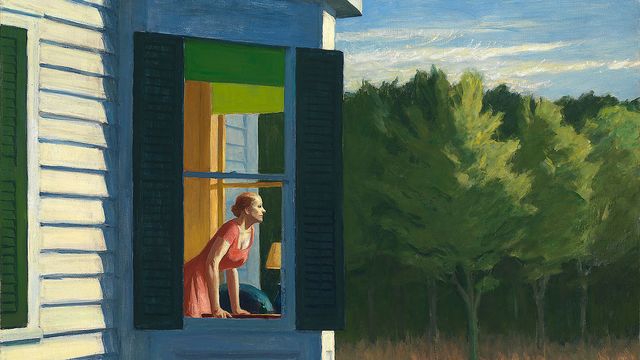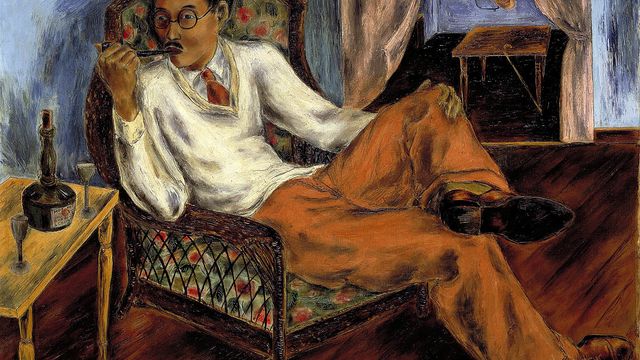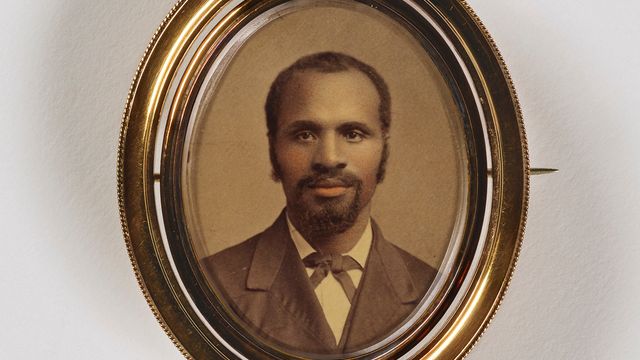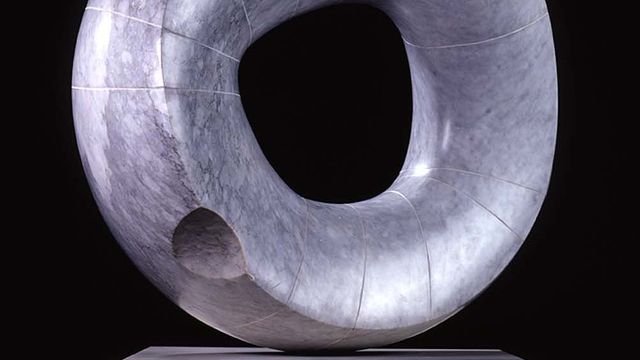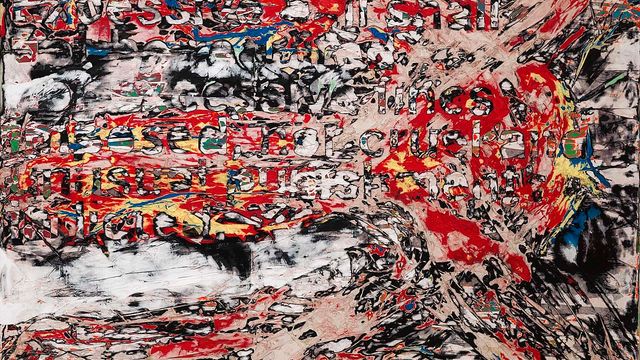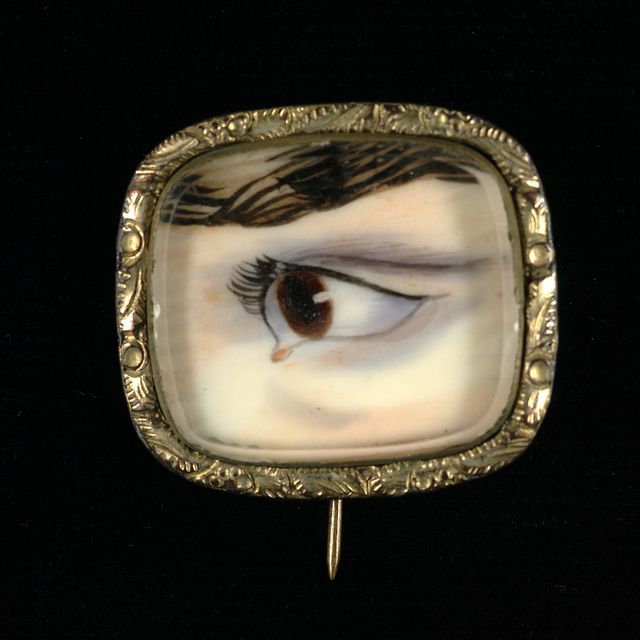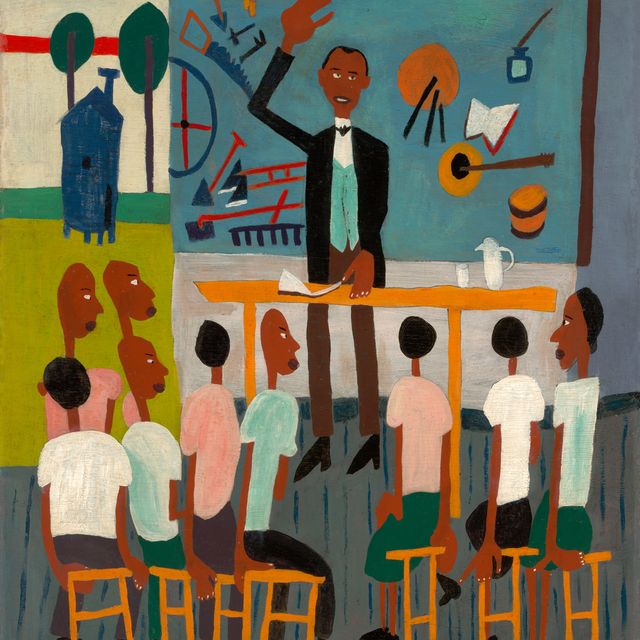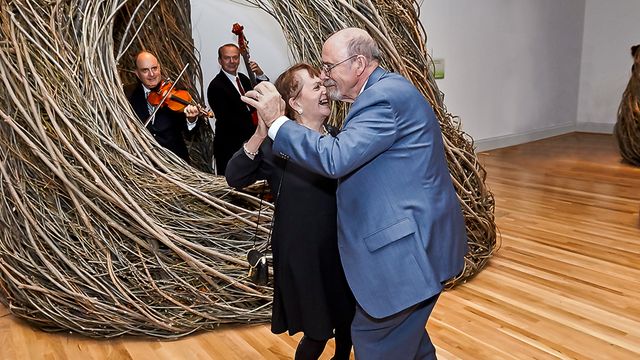Copied
Augustus Saint-Gaudens, Adams Memorial, modeled 1886-1891, cast 1969, bronze, 69 7⁄8 x 39 7⁄8 x 44 1⁄2 in. (177.4 x 101.4 x 112.9 cm.), Smithsonian American Art Museum, Museum purchase, 1970.11
Free to use
Copied
Artwork Details
- Title
- Adams Memorial
- Artist
- Founder
- Roman Bronze Works
- Date
- modeled 1886-1891, cast 1969
- Location
- Dimensions
- 69 7⁄8 x 39 7⁄8 x 44 1⁄2 in. (177.4 x 101.4 x 112.9 cm.)
- Credit Line
- Museum purchase
- Mediums
- Mediums Description
- bronze
- Classifications
- Highlights
- Subjects
- Figure female — full length
- Allegory — passion — grief
- Architecture — monument — statue
- Object Number
- 1970.11
- Research Notes
Related Posts
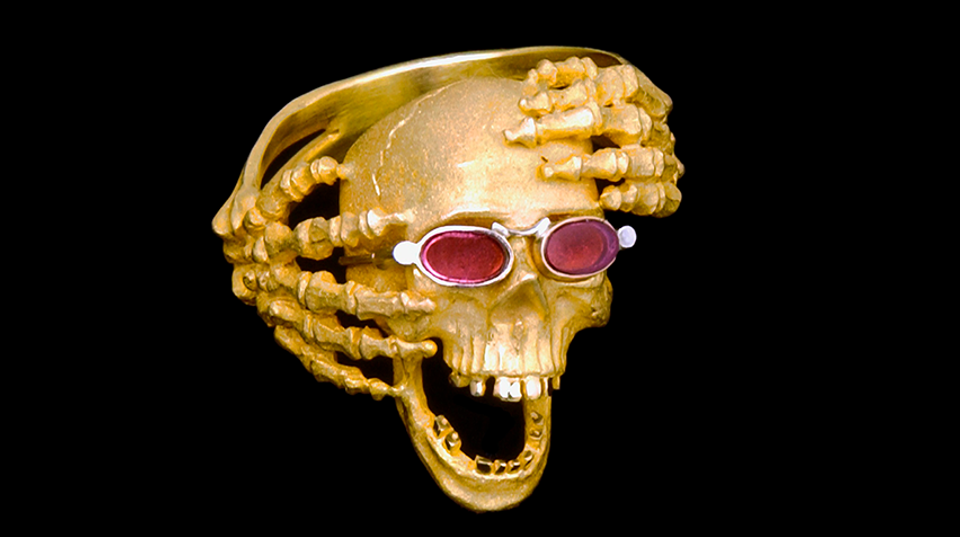
From the Collection10/27/2021
Choose how to celebrate the season with two different ways to explore SAAM's collection

Rebekah Mejorado
Public Relations Specialist




